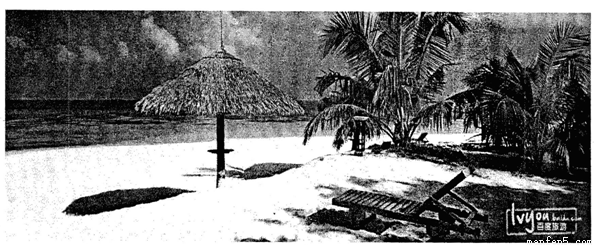题目内容
请认真阅读下面短文,并根据所读内容在文章后表格中的空格里填上一个最恰当的单词。注意:请将答案写在答题纸上。
Imagine living in a country torn by war. Or maybe you live in a place where there are few jobs and little chance to earn a living. Your family decides to move — not to ano ther town, but to another country. You and your family have become immigrants. People are called immigrants when they move to a foreign country to make their homes.
ther town, but to another country. You and your family have become immigrants. People are called immigrants when they move to a foreign country to make their homes.
People become immigrants for many reasons. The most common one is economic opportunities. Most immigrants are attracted to other countries by the promise of jobs, farmland, or business opportunities.
Other people become immigrants in order to get away from mistreatment or natural disasters. They are refugees. Some refugees move to avoid wars and political unrest. Others are seeking freedom to express their religious views. Still others are uprooted by disasters, such as terrible flooding or drought.
Some people have become immigrants against their will. Captured in Africa, shipped to foreign lands and forced to work as slaves, many early African immigrants to North and South America came in chains.
Except for Native Americans, all people came to the United States from someplace else. For nearly 500 years, immigrants have landed on America’s shores seeking a better life. Throughout American history, immigrants often worked low-paying, dangerous jobs that other people refused to do.
Immigrants from around the world helped shape American life. Many immigrants absorbed the customs and language common to most Americans. They also brought their own traditions, including music and foods. Over time, many of these traditions have become part of American life.
The first European immigrants to America hoped to colonize new lands. By the mid-1500s, Spaniards had ventured into Florida, California, and the American Southwest. French immigrants arrived in the early 1600s and built their first colony in Canada. The English also arrived in the early 1600s. They established 13 colonies along America’s Atlantic Coast.
In the 1700s, England became the major power in colonial North America. But many European immigrants came to live in the English colonies. They included people from Sweden, Holland, Germany, Scotland, and Ireland.
Immigrants still come to the United States seeking freedom and economic opportunities. Most new immigrants no longer come from Europe. They come mainly from Central and South America, the Caribbean, and Asia.
Today, the U.S. government limits the number of immigrants into the country each year. People who sneak illegally into the United States are called illegal immigrants, who, if caught, would be sent back to their home countries.
Key Points | Detailed Information |
1. | Immigrants are those who move to a foreign country to make their homes. |
Reasons | Most people come for 2. opportunities, such as good jobs, farmlands, or business opportunities. Some move to the US to 3. away from wars or disasters. Some people immigrate to4. for religious freedom. Some people have become immigrants 5. , like many early African immigrants. |
History | French immigrants 6. Canada in the early 1600s and built their first colony there. The English also came to the early 1600s and 7. thirteen colonies along America’s Atlantic Coast. In the 1700s, European immigrants came to live in the English colonies, people from Sweden, Holland and etc. are 8. . |
Today | 9. from the past, the origins of most new immigrants are mainly Central and South America, the Caribbean, and Asia, instead of Europe. The US government erects dams to 10. the number of immigrants into the country each year in check. Illegal immigrants, if caught, would be sent back to their home countries. |
1.Definition
2.economic
3.stay/keep
4.search/seek
5.passively/unwillingly
6.reached
7.established/founded
8.included
9.Different
10.keep
【解析】
试题分析:文章介绍了美国移民的组成,当时他们为什么选择移民,陈述了当时的历史和现在的移民形势。
1.
2.
3.
4.
5.
6.
7. ’s AtlanticCoast.可知填established/founded
’s AtlanticCoast.可知填established/founded
8.
9.
10.
考点:考查任务型阅读

 新课标阶梯阅读训练系列答案
新课标阶梯阅读训练系列答案 口算心算速算应用题系列答案
口算心算速算应用题系列答案 en everywhere. In the heart of the downtown Xinjiekou district, a bronze statue of Sun Yat-sen, the father of modern China, looks over a busy area.
en everywhere. In the heart of the downtown Xinjiekou district, a bronze statue of Sun Yat-sen, the father of modern China, looks over a busy area.  sformation
sformation 